
Surreal Paintings 1995-1985, Oil & Canvas.
Show · Hide
All the pieces in this collection are from the period spanning 1985 to 1995, showcasing traditional fine art paintings. I've chosen to share them here for those intrigued by my creative journey and to illustrate the evolution of my artistry. Some are proudly displayed in my home, while others have found homes in private collections or museum exhibitions.
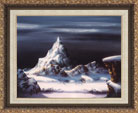
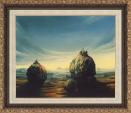

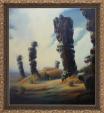
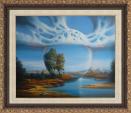
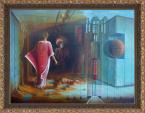



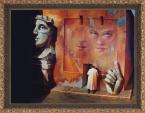
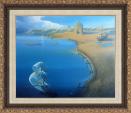

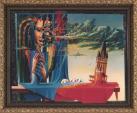
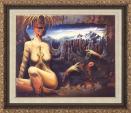
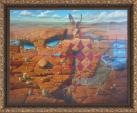
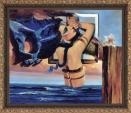


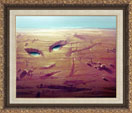


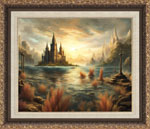
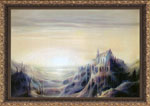
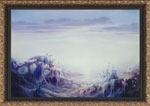


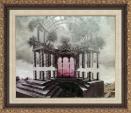
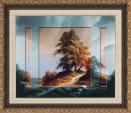
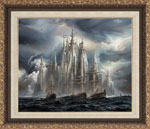
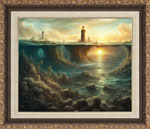
Surrealism Art There are many visual art movements; some of them are spiritually close; others are entirely different. For example:
There is no consensus on the end date of the surrealist movement. It is somewhere around the middle of the 20th century. Among the heirs of the surrealism movement is Fantastic realism and styles resulting from it, for example, Visionary art. Neosurrealism appeared towards the end of the 20th century on the brink of Postmodernism and Post-postmodernism. By Wikipedia’s definition, Neosurrealism is an art crusade that illustrates fantasies or subconscious visions in complex and non-rational combinations of space and forms. It was I who recorded this definition there in 2006. The Neo-Surrealist Manifesto. George Grie 2009 |